| Babi Yar: A Document in the Form of a Novel by A. Anatoli (1966) Book Guide |
|---|
| www.studenthandouts.com ↣ World History ↣ World War II ↣ World War II Books and Films |
|
Age Appropriateness Rating: High school+ Historical Accuracy: This book is a firsthand account of the tragic events in and around the Babi Yar ravine near Kiev, Ukraine, during World War II. On September 29-30, 1941, approximately 33,000 Jews were murdered in the suburbs of Kiev, their bodies thrown into the Babi Yar ravine. The author, A. Anatoli, was a boy at the time. The son of a Ukrainian mother and a Russian father, with some family history of anti-Semitism, Anatoli's step-by-step account of what we saw and heard is pretty much as unbiased as you can get. 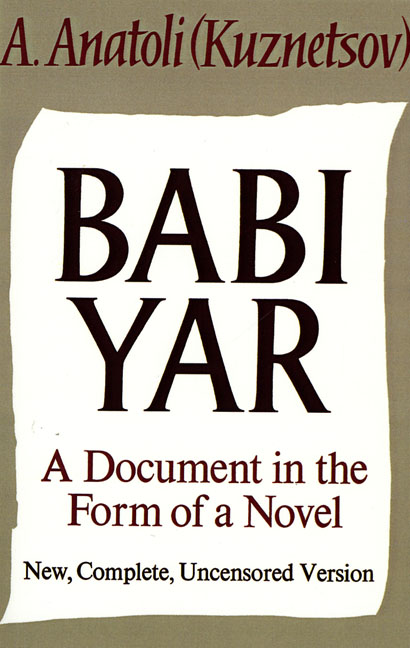 Review: We are continuously shocked that this World War II Holocaust memoir is not more widely read. It is a page-turner...you simply can't put it down. This book is essentially Anatoli's memoir of his teenage years spent in and around Kiev, Ukraine, during World War II. Review: We are continuously shocked that this World War II Holocaust memoir is not more widely read. It is a page-turner...you simply can't put it down. This book is essentially Anatoli's memoir of his teenage years spent in and around Kiev, Ukraine, during World War II.It's what Anatoli's teen years encompassed that make this book so riveting. He witnesses Soviet propaganda and lies. He witnesses the German invasion. He sees the slaughter of Jews in the Babi Yar ravine outside of town. He sees starvation kill countless people in war-torn eastern Europe. He sees both sides--Germans and Soviets--hush everything up. To top it all off, print editions use bold font to indicate which parts of the text were censored by the Soviet government when the book was first published. From a "course content" perspective, this book provides insight into the war itself, the Holocaust, the origins of the Cold War, and the importance of historical documentation. Perhaps more important, though, is the fact that this book--more than any other we have read with students--makes kids think. Prepare to have your kids question the "party line." From the text: "Let me emphasize again that I have not told about anything exceptional, but only about ordinary things that were part of a system; things that happened just yesterday, historically speaking, when people were exactly as they are today." If your students express any disbelief in the Holocaust, and wonder, "How could it have happened? Why wouldn't anyone say or do anything to stop it? How could people just stand by as people were being slaughtered?", this is the book you need to have them read. Chapter Outline Note-taking Handout: Take notes as you read the text. Click here to print the outline. Miscellaneous: In 2003, the German film "Babi Yar: The Forgotten Crime" (filmed in Belarus) was released (IMDb info here). Sadly, though, this version is just plain awful. Hopefully another film company will one day undertake a true-to-the-text rendering of Anatoli's book. Click here to buy the book. The Thirteenth Symphony of Dmitri Shostakovich is based partly on the 1941 massacre at Babi Yar. You can read and print Russian poet Yevgeny Yevtushenko's poem "Babi Yar" here, courtesy of PBS. |
 |  | 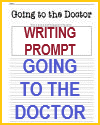 | 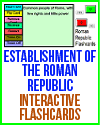 | 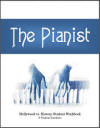 | 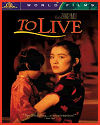 |
| World War II Books and Films | World War II Outlines and PowerPoints |
| World War II Study Games | World War II Maps and Pictures |
| World War II Miscellany | World War II Worksheets |
| www.studenthandouts.com ↣ World History ↣ World War II ↣ World War II Books and Films |








